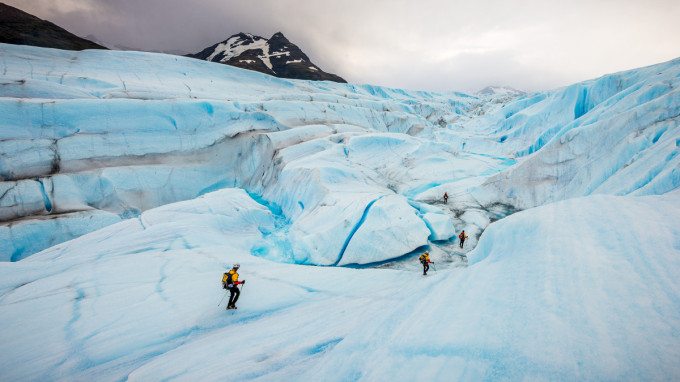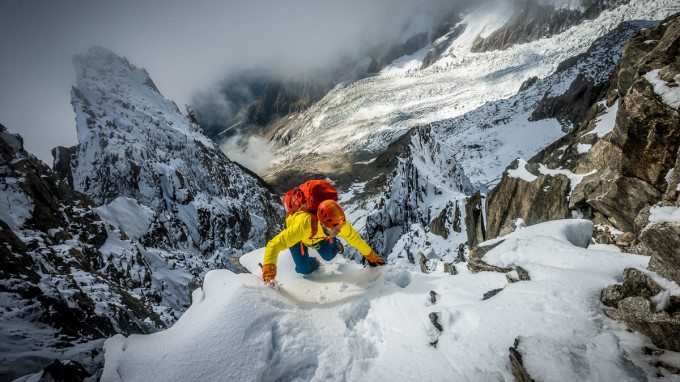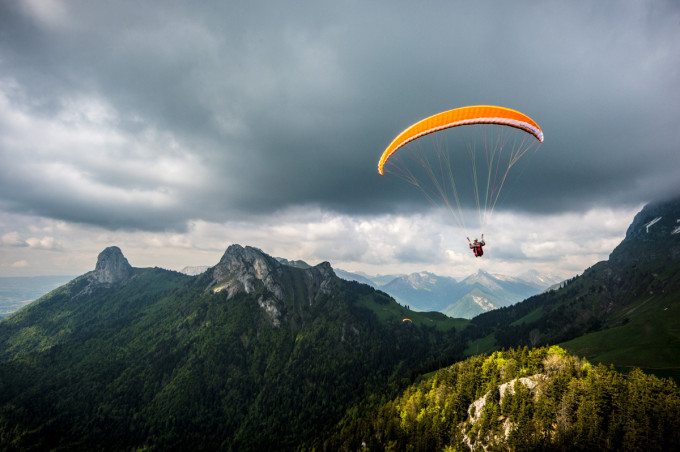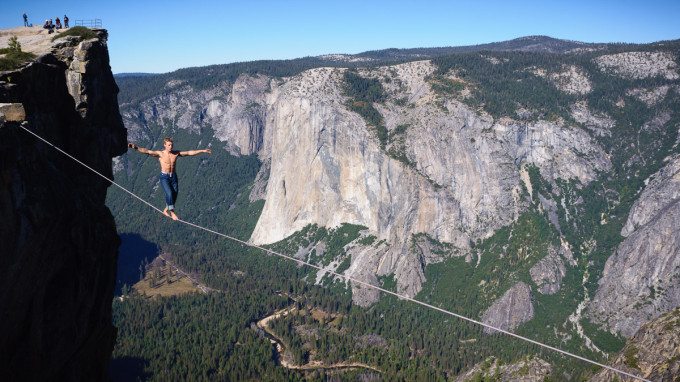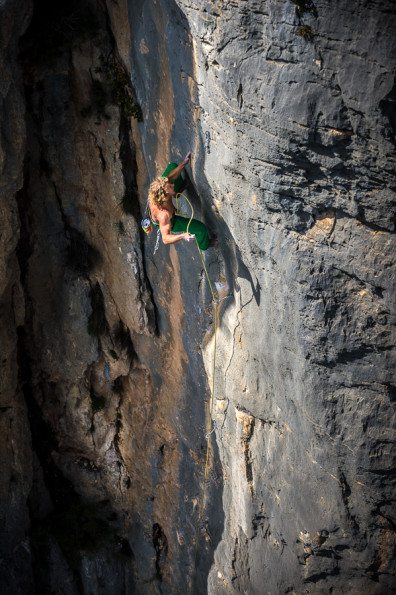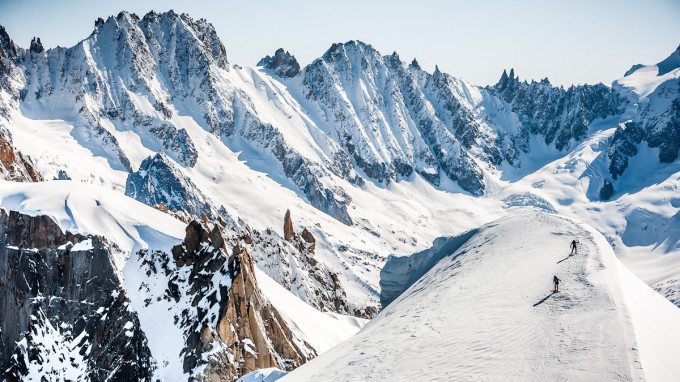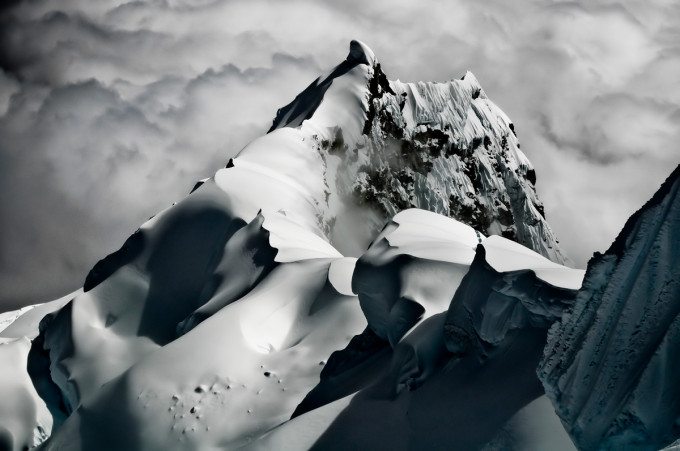All images by Alexandre Buisse. Used with permission
We talked to photographer Alexandre Buisse a while back when he showed the world just what the Nikon D800 could take while out in the field. Alex has been a photographer for years and has embraced trekking to remote locations to capture images that embody the spirit of adventure and the passion that goes along with bringing wonderful scenic spots to viewers. He takes this even further by sometimes combining it with outdoor sports.
Alex is super busy, but he had some time to catch up with us and answer a few questions about what it’s like to photograph in the great outdoors.
Phoblographer: How did you first get the photography bug?
Alex: I started taking photography seriously quite late, actually. My first real camera was a Nikon D50, the then-entry level DSLR, for my 20th birthday. I was motivated by the frustration I felt with not being able to bring back photos from my hikes that would reflect how amazing the scenery was. Before that, I only used the family compact cameras to record memories on vacation, as everybody does.
Phoblographer: When did you know that you wanted to combine your love of hiking, skiing, and going to the extremes with photography?
Alex: Pretty much right away, as shooting in the mountains and sharing my hiking experiences were the major reasons I became interested in photography in the first place. In a way, photography and alpine climbing fed each other. I can’t imagine being any other kind of photographer than a mountain adventure one.
Phoblographer: Tell us about the scariest moment that you’ve had while shooting.
Alex: Last August, I was shooting on the north face of the Eiger, one of the most dangerous and hostile places in Europe. I was documenting the ongoing third ascent of a ridiculously hard route by two of the best rock climbers of the UK, and ended up having to climb the low angle bottom third of the face to get in position. Because the rock is so loose and compact, protection can’t really be placed and we were soloing, ropeless. Halfway through the climb, I broke a handhold and very nearly lost my balance backward, 300m off the ground. I have to say I saw my life flash in front of my eyes during that split second. Good thing the images I got later were worth the scare!
Phoblographer: What’s in your gear bag these days?
Alex: I obviously try to keep weight to a minimum, so limit myself to one or two lenses, usually the Nikkor 16-35mm f/4 VR and sometimes the Nikkor 70-200mm f/2.8 VR. For bodies, I use either the D800 (for weight and resolution) or the D4 (for speed and reliability). I don’t use filters, tripods or other accessories, apart from the occasional spare battery and hoods for all my lenses instead of lens caps.
Phoblographer: Every time that you go into a shoot, there are obvious logistical concerns that need to be addressed. What do you find to be the most common challenges that need to be solved across the board when shooting hiking, paragliding, skiing, etc?
Alex: The biggest challenge is usually managing to keep the camera accessible while not being too much of a burden when I have to perform the sport I am shooting. I very rarely use photo backpacks but rely instead on belt systems, either the ThinkTank Skin or simply a Peak Design Capture v2 on my climbing harness. Having the weight on my waist lets me keep a better balance and is less cumbersome than chest systems.
Other small annoyances include trying to press small buttons with big gloves, managing not to get too much snow inside my camera bag and trying not to drop cameras down cliffs!
Phoblographer: How do you ensure that you stay inspired and on top of creating new concepts and ideas?
Alex: I couldn’t pinpoint a single source of inspiration, of course. I follow a lot of very talented photographers, filmmakers and athletes, not to copy them of course, but to see what people are up to, what works and what doesn’t, and what I could maybe translate into something applicable to different situations.
Mostly, though, my inspiration comes from practicing nearly all the sports I am shooting and by being in the mountains pretty much every day and getting to know them better.
Phoblographer: You’ve been shooting for a while and you also have quite obviously made it. For those still looking to get to reach for higher fruit, how often do you recommend purging your portfolio of images? What do you recommend they do specifically to create a better portfolio?
Alex: I go through my portfolio every couple of months, selecting new images and removing older ones that are slightly less good. It can be the most harrowing of tasks, as there is obviously strong emotional attachment to all these images, but it is something that needs to be done. I also feel strangely relieved after taking particularly tough decisions, even if I had to remove some of my favourite shots.
The best advice I can give is to get extra sets of eyes on your work. My girlfriend is a climber but not a photographer, I show her all my new work and watch closely her reaction and give a lot of weight to her less biased opinion on which images should make it. Though of course, at the end of the day, it is my work and I have the final say if we really disagree on a particular case.
Phoblographer: How do you maintain a balance between shooting, editing, finding new work, and your personal life? This is always a challenge for creatives.
Alex: I do a lot of spec shooting, going on personal adventures and photographing them as we go. This puts me under a lot less pressure to perform than proper assignments, so I feel more free to experiment, try out new ideas or new angles. At the same time, it keeps my creative juices flowing, I sometimes end up with some of my best images and I always have a good time.
It’s not always perfect, of course, and can be frustrating when the phone isn’t ringing or when I have to spend the day sending marketing emails instead of riding powder, but I always try to remember in those moments that I am very lucky to have the best job in the world!


